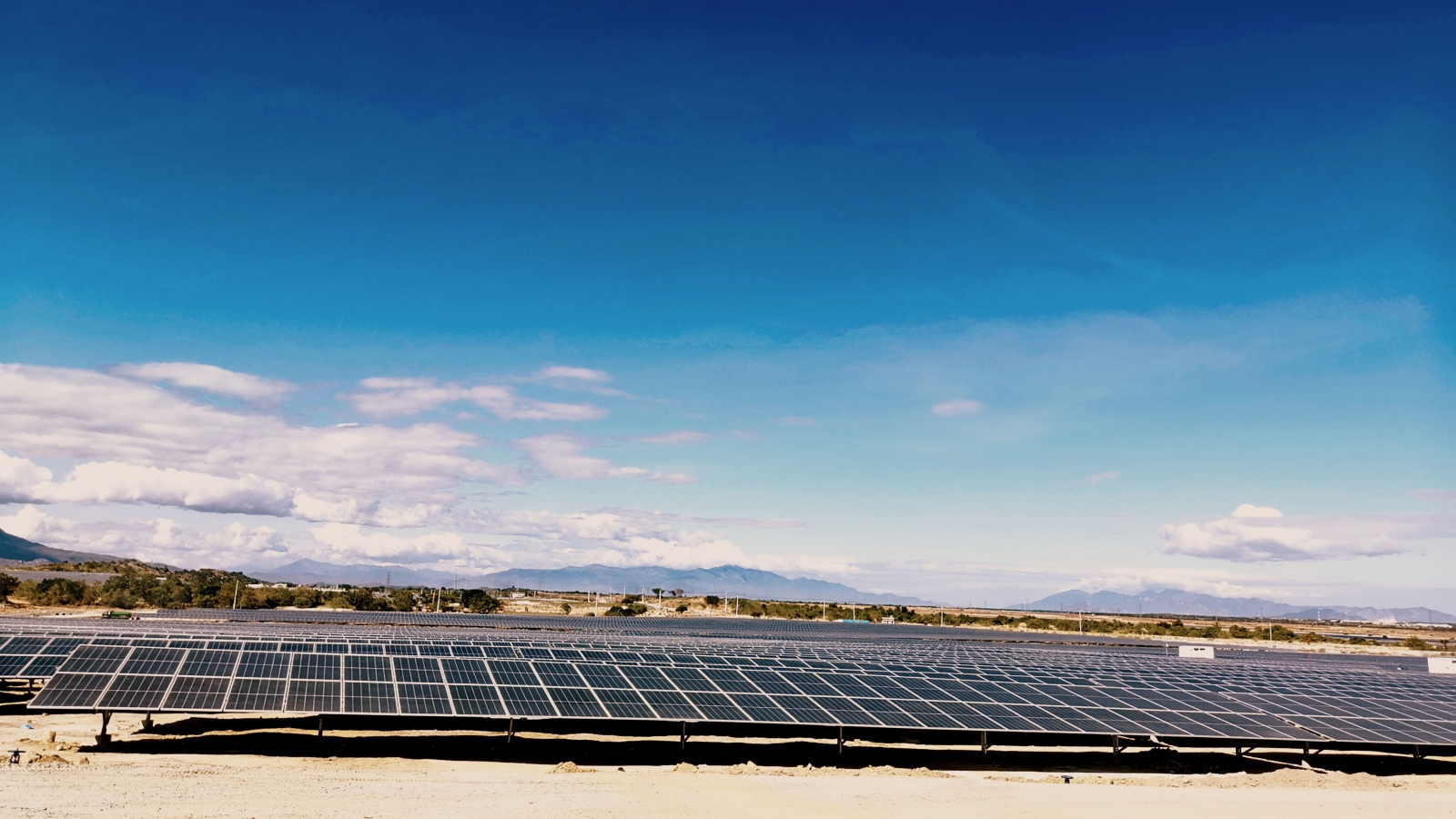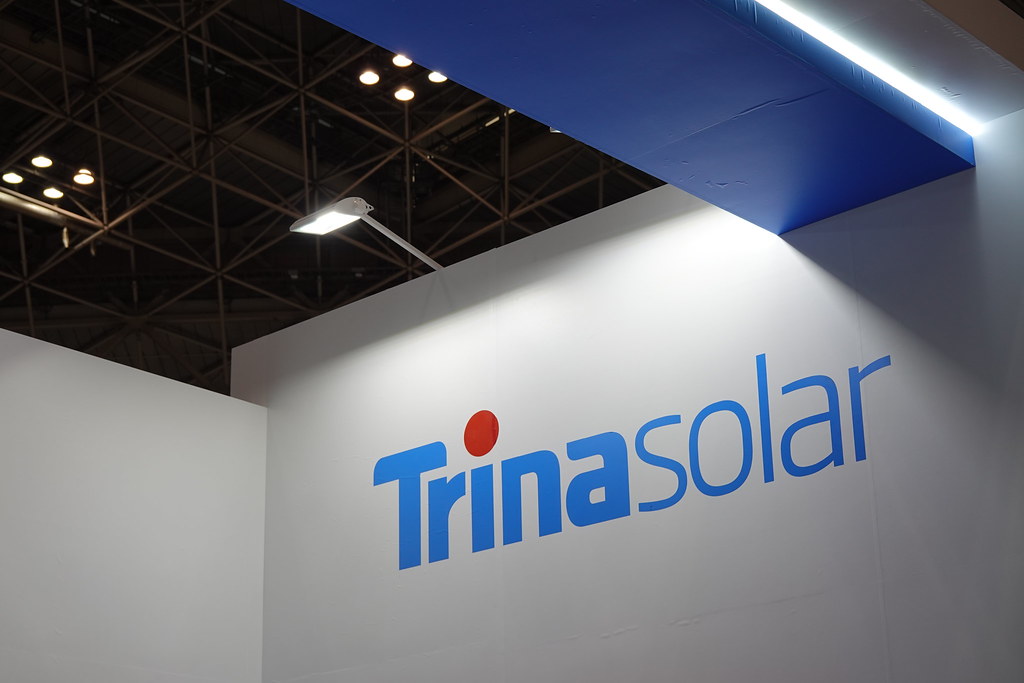
Longi's solar power plant located in Vietnam.(Photo: Longi)
Tariffs are a central issue in this year's U.S. presidential election, particularly as trade barriers between the U.S. and China are impacting the global solar industry landscape.
Over the past 18 months, the effects of the U.S. increasing tariffs on four Southeast Asian countries have become apparent, with Chinese companies in Vietnam's solar sector being forced to cut production and lay off workers, while Indonesia and Laos are experiencing a surge in factory construction.
Biden's heavy tariffs impact Vietnam solar businesses
According to Reuters, interviews with over ten industry professionals from five countries reveal that following the imposition of new tariffs on Vietnam, Thailand, Malaysia, and Cambodia, the hardest hit has been Vietnam, where some manufacturers face tariffs exceeding 300%.
Chinese solar companies in Vietnam, such as Longi Green Energy’s Vina Solar, have been significantly affected, with the company reducing production lines from nine to just one at its industrial park in Bac Giang province, resulting in hundreds of job losses. Similarly, Trina Solar has halted production at its solar panel factory in Thai Nguyen province.
Despite a nearly 74% increase in solar product exports from Vietnam to the U.S. as of August this year, analysts believe that manufacturers are rushing to export early to avoid U.S. tariffs. Bloomberg observed similar trends in August.

Trina Solar has halted production at a solar panel factory in Vietnam, with plans to increase production capacity in Indonesia. (Photo: Hsu Tsu-lin)
Chinese companies expand solar production in Indonesia, Laos
Chinese companies are increasingly shifting production lines to Indonesia and Laos, where U.S. tariffs do not apply. Among the new solar factories in these countries, at least four are linked to Chinese firms, with two more projects recently announced, totaling a capacity of 22.9 GW, most of which will be sold to the U.S. market.
A senior advisor at the Center for Strategic and International Studies (CSIS) noted, " It's a huge cat and mouse game. It's not that hard to move. The design of the rules is such that the U.S. is usually one step behind. "
According to U.S. federal data, solar panel imports from Indonesia nearly doubled by August this year, reaching $246 million. An anonymous manager from a U.S. solar company stated that the shift of Chinese companies to Indonesian production has been rapid and significant.
Companies with global headquarters in China, such as Thornova Solar, Trina Solar, New East Solar, and China Lesso Group, have indicated plans to increase production capacity in Indonesia over the past year.
In Laos, there were no solar factories exporting to the U.S. during the first eight months of last year, but exports surged past $48 million by August this year. Companies like SolarSpace and the China-affiliated Imperial Star Solar are both constructing new factories in Laos.
The U.S. solar panel market is the second largest in the world, following China, and import volumes reached a record high in the second quarter of this year. To prevent a major influx of Chinese companies circumventing tariffs through mislabeling of production origins, John Moolenaar, chairman of the House China Task Force and a Republican congressman, is urging the American public to clearly express their demand for the government to implement stricter tariffs to curb Chinese violations of trade laws.
Source: Reuters、Bloomberg、S&P Global


